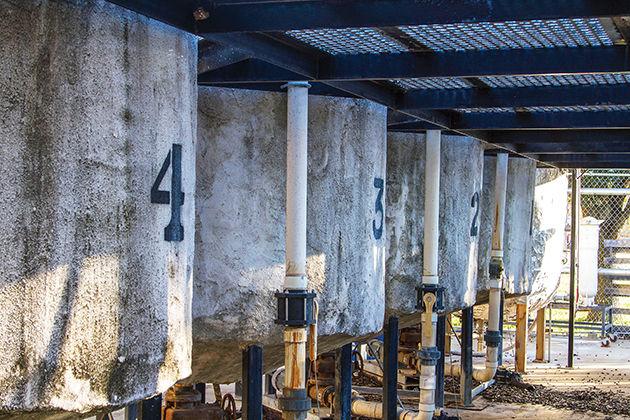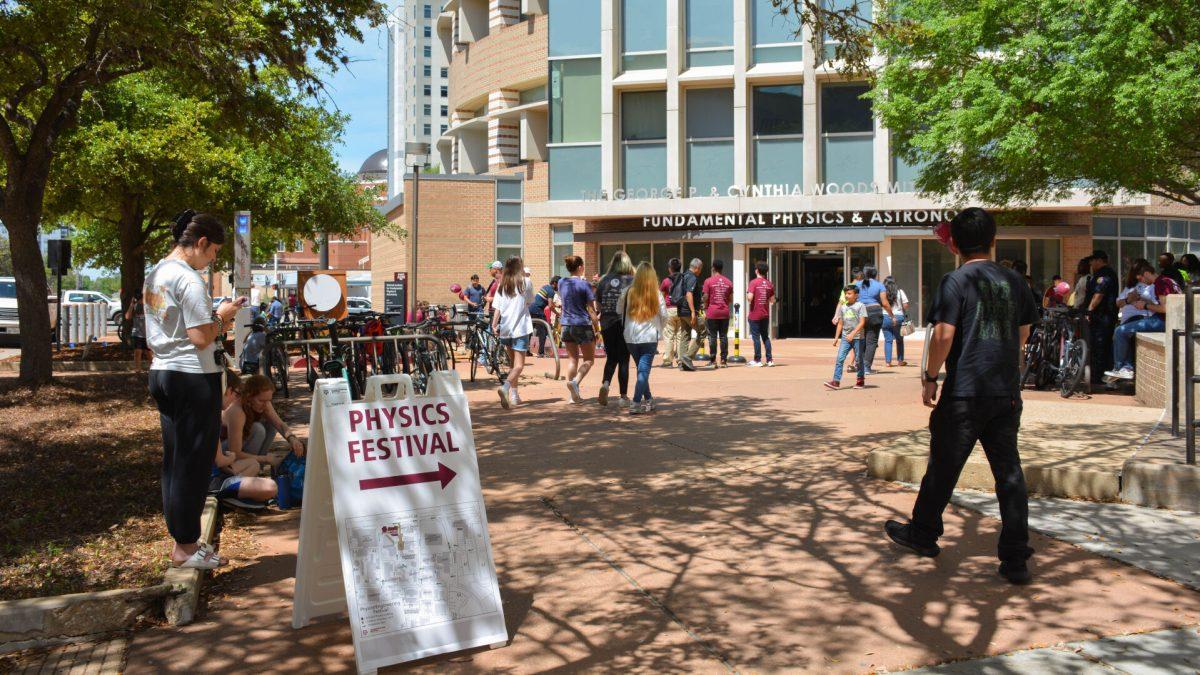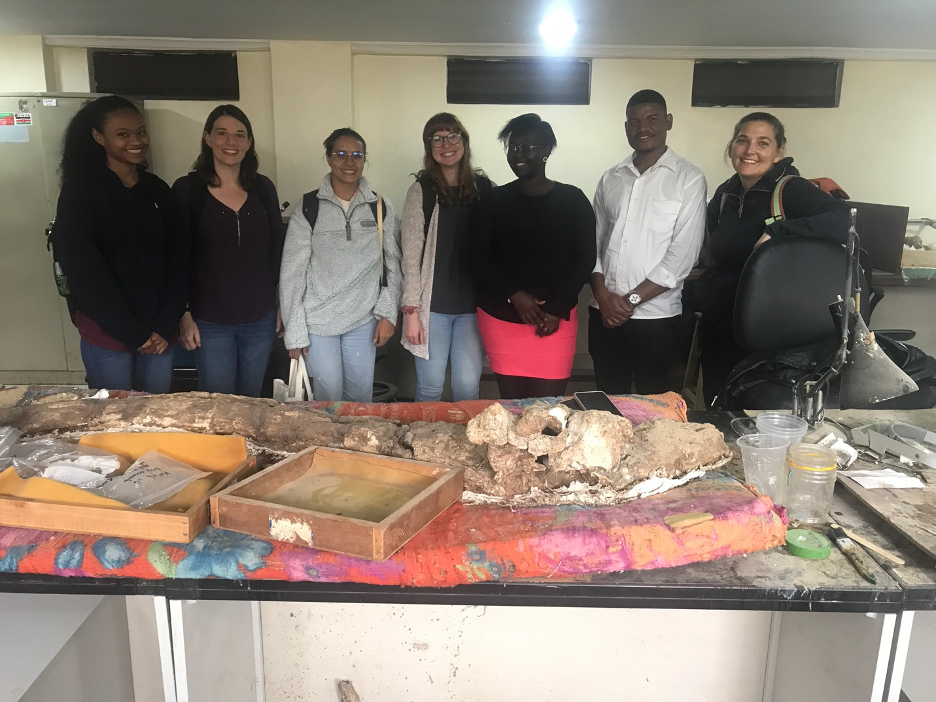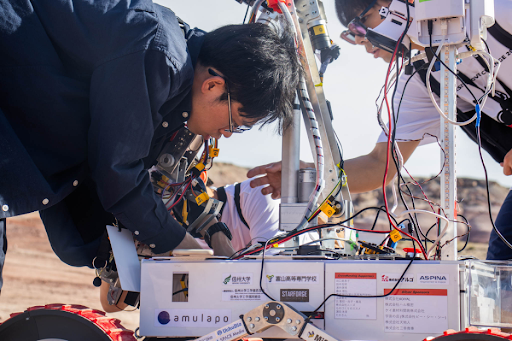A&M researchers are capturing the power of natural waste to produce a highly versatile fuel.
Mark Holtzapple, Department of Chemical Engineering head, and his lab are using a technique called the “MixAlco process” to convert waste substances to a usable form of fuel that can be readily exchanged with gasoline.
“The MixAlco process is a robust and scalable technology to produce chemicals and fuels from biomass,” said Sagar Lonkar, a chemical engineering doctorate student in Holtzapple’s lab.
By using the MixAlco process, many things can be chemically altered at a high efficiency.
“We have a way to turn any biodegradable material into almost all fuels or chemicals that we currently make from petroleum and natural gas,” Holtzapple said.
This project has high expectations, as it aims to eventually replace petroleum as the primary source of fuel. The idea came from an unusual source — a cow.
“When I was a new professor I used to run as a part of my exercise routine, and there are cattle very close to campus,” Holtzapple said. “I used to run past the cows. I was curious how they worked.”
The process behind Holtzapple’s idea basically uses the same processes that occur in a cow’s stomach, but on a production-sized scale. Once he looked into it more, it became clear that this was a realistic way to make fuels and other chemicals. There are a variety of types of waste that can be used in creating the fuel.
“We have used everything from municipal solid waste and sewage sludge to crop residue,” said Austin Bond, a mechanical engineering doctorate student in Holtzapple’s lab.
Municipal solid waste is what you would find in a landfill, and crop residue primarily refers to something known as corn stover. Corn stover is a key resource in the making of these fuels.
“In the U.S. we have a lot of corn production, especially in the Midwest,” Lonkar said. “Those bails on the roadside are biomasses that can be used.”
Aside from engines requiring diesel fuel, essentially anything that uses gasoline can use this fuel.
“First, you can drive a car with it,” Bond said. “We have also made high octane gasoline that can be used in airplanes.”
The Mixalco process that makes it all work may seem quite complex, but it breaks down into three simpler steps that hold significant potential.
“It has mainly three steps: Pretreatment, fermentation and downstream processing,” Lonkar said.
Pretreatment removes lignin from lignocellulosic biomass to make it more digestible. Then it is fermented to produce carboxylic salts, which can be converted into alcohols, which can finally be used as a fuel.
Often municipal solid waste can skip the pretreatment stage, making it more efficient.
Currently, the fuel can be produced at the cost of about $63 per barrel, according to Holtzapple. This price may be significantly cheaper than oil if the price of oil returns to levels that it has previously been at.
The process can also be used to produce a variety of other chemicals very efficiently at high volume, so at times that oil prices are low, the process can still be a viable means of production for other compounds. Ethers, esters, ketones, alcohols and hydrocarbons are all possible to synthesize through this work. Lonkar added that these things can be very useful in the chemical industry on their own as some of these chemicals can sell for up to $50 per gallon.
Aggies bioengineer clean energy
December 13, 2015
Photo by Photo by: Kevin Chou
Mark Holtzapple converts waste to fuel by suing the MixAlco process in his lab.
0
Donate to The Battalion
$1815
$5000
Contributed
Our Goal
Your donation will support the student journalists of Texas A&M University - College Station. Your contribution will allow us to purchase equipment and cover our annual website hosting costs, in addition to paying freelance staffers for their work, travel costs for coverage and more!
More to Discover










